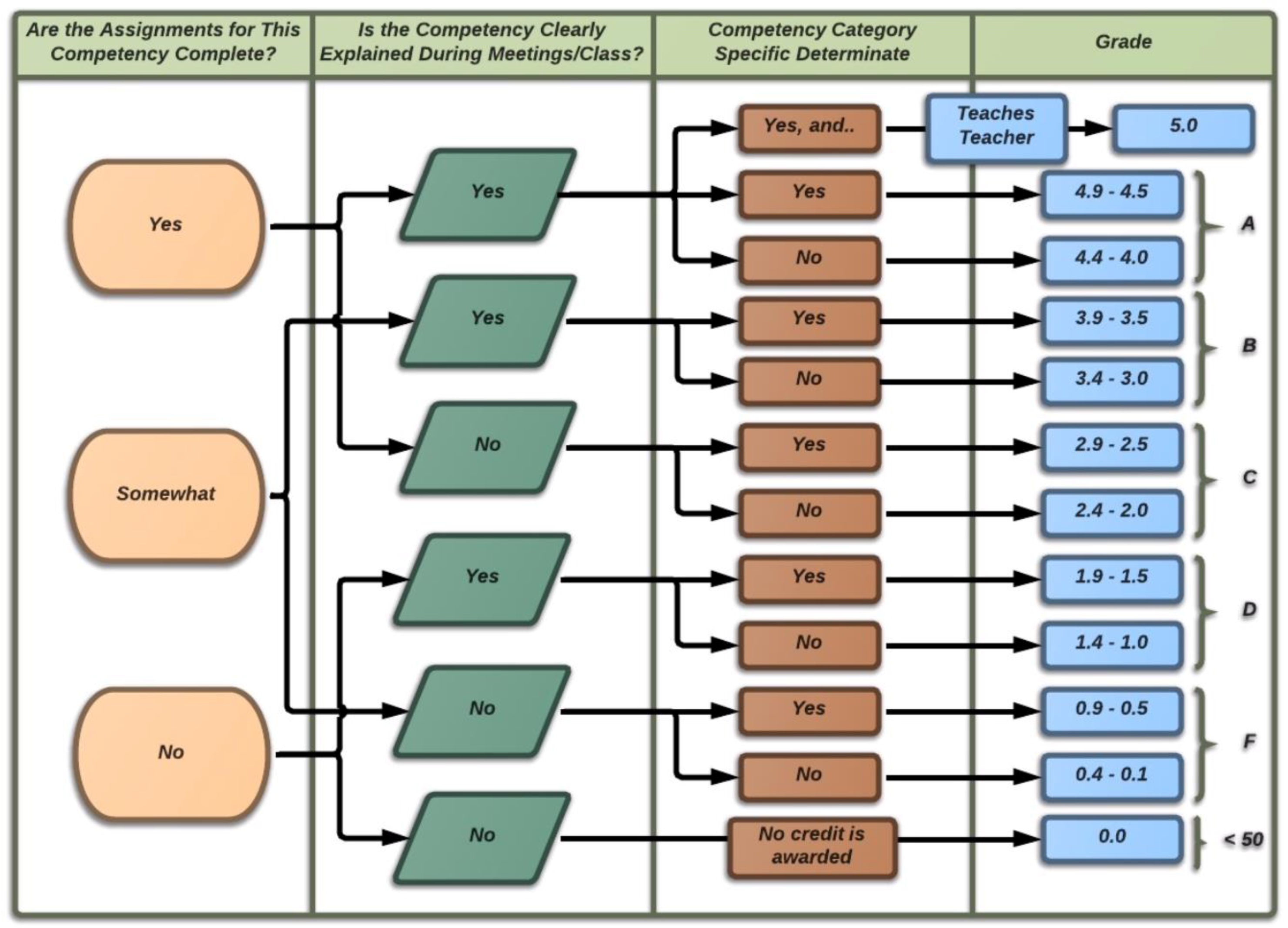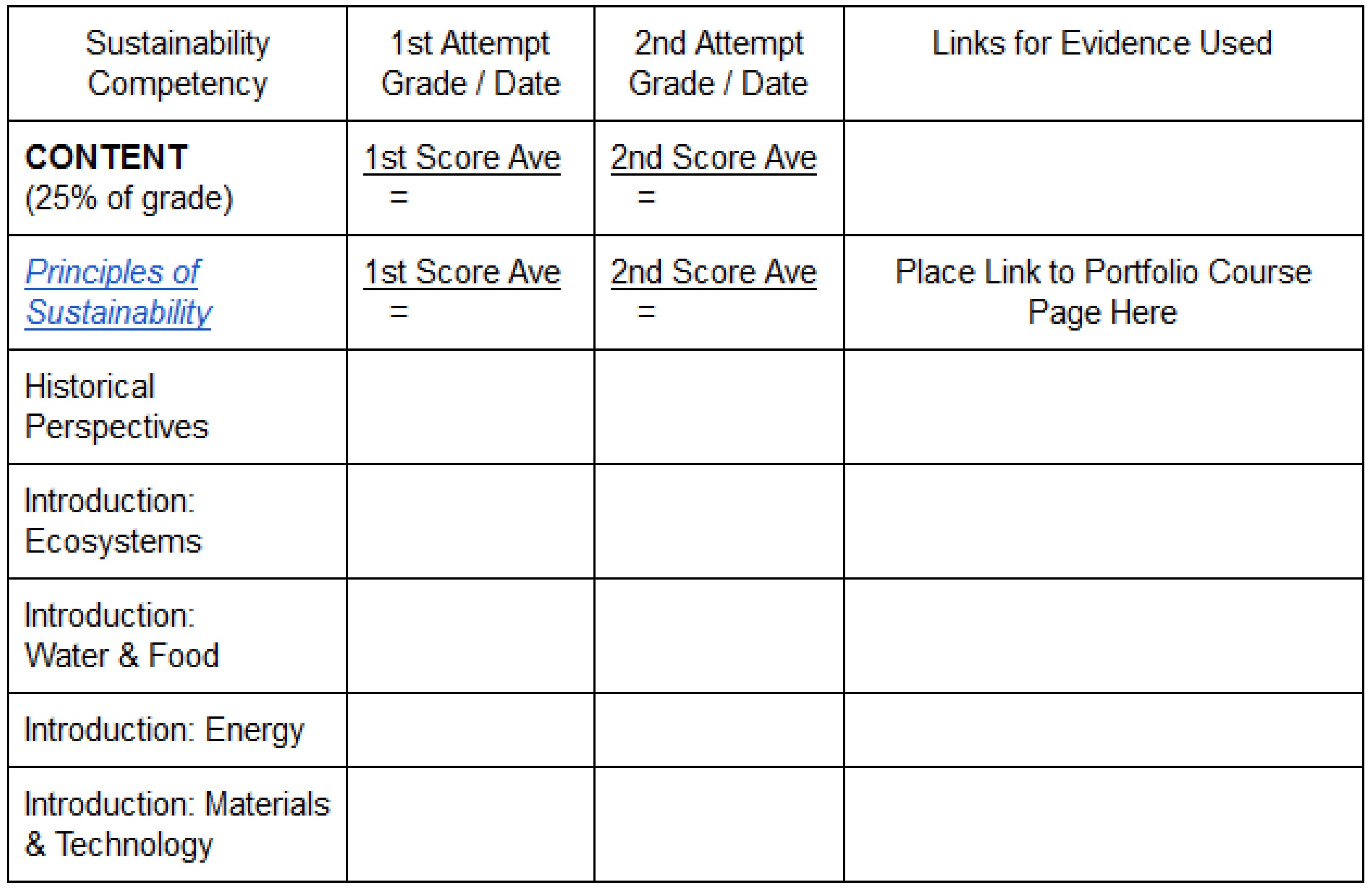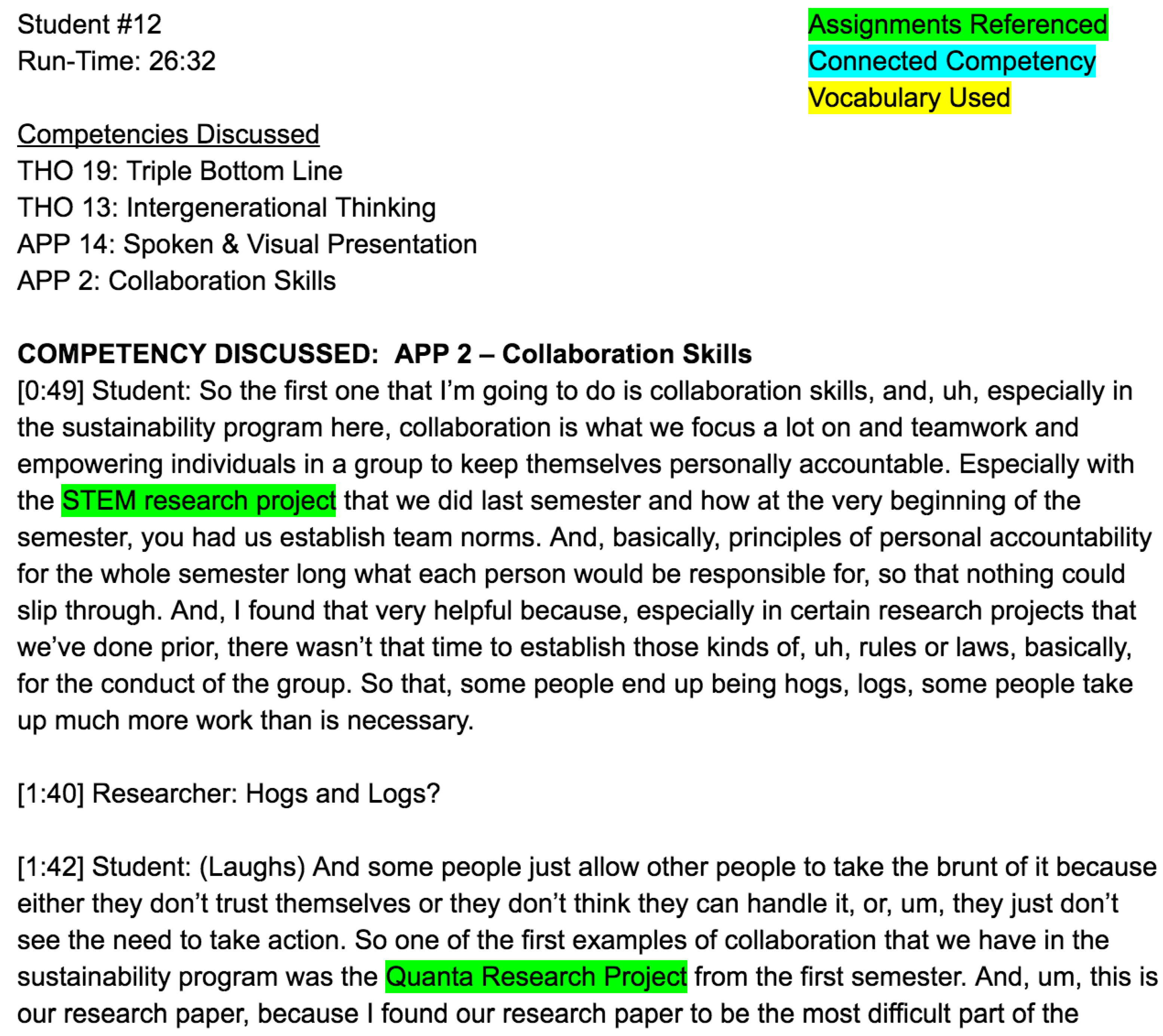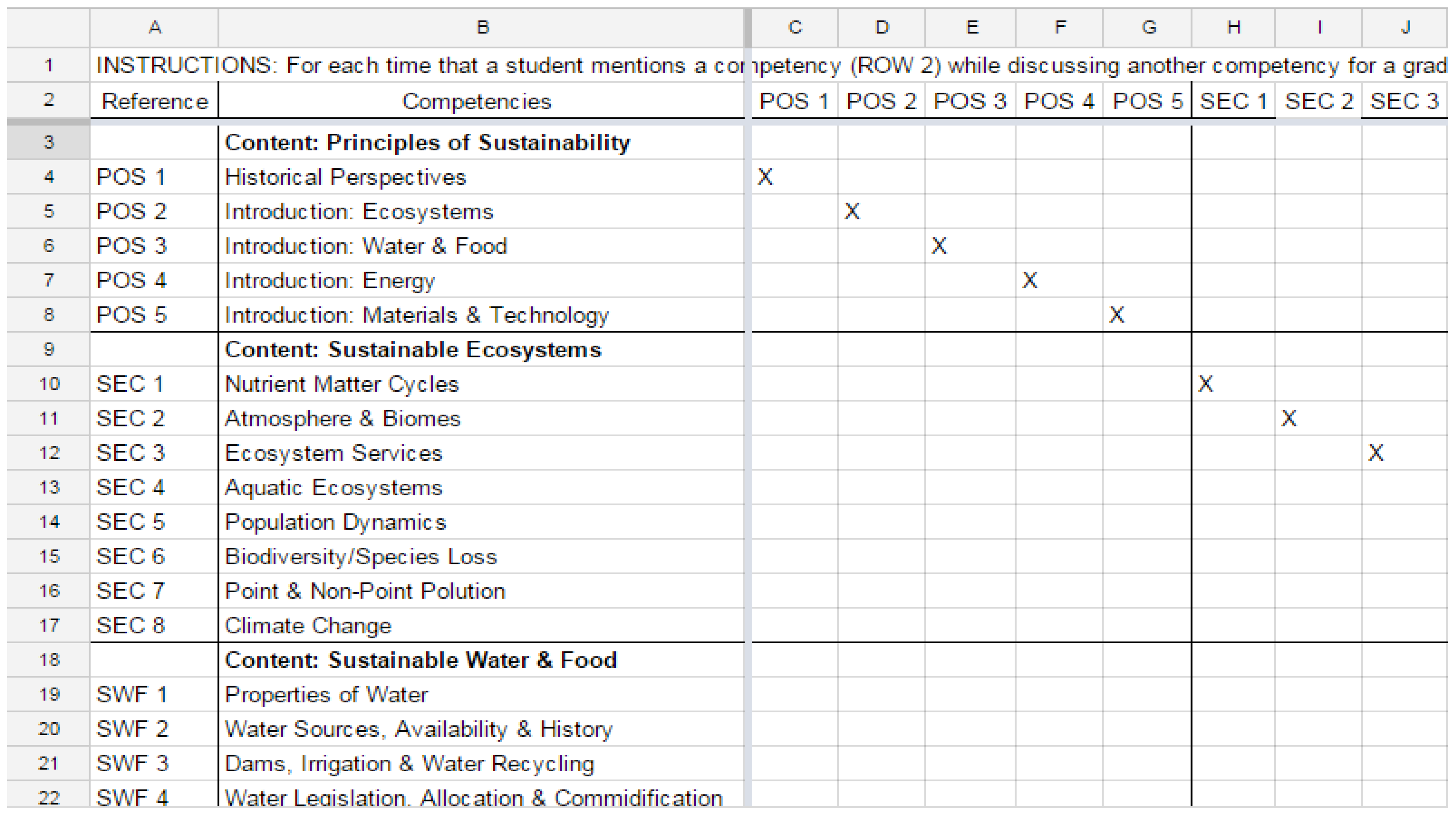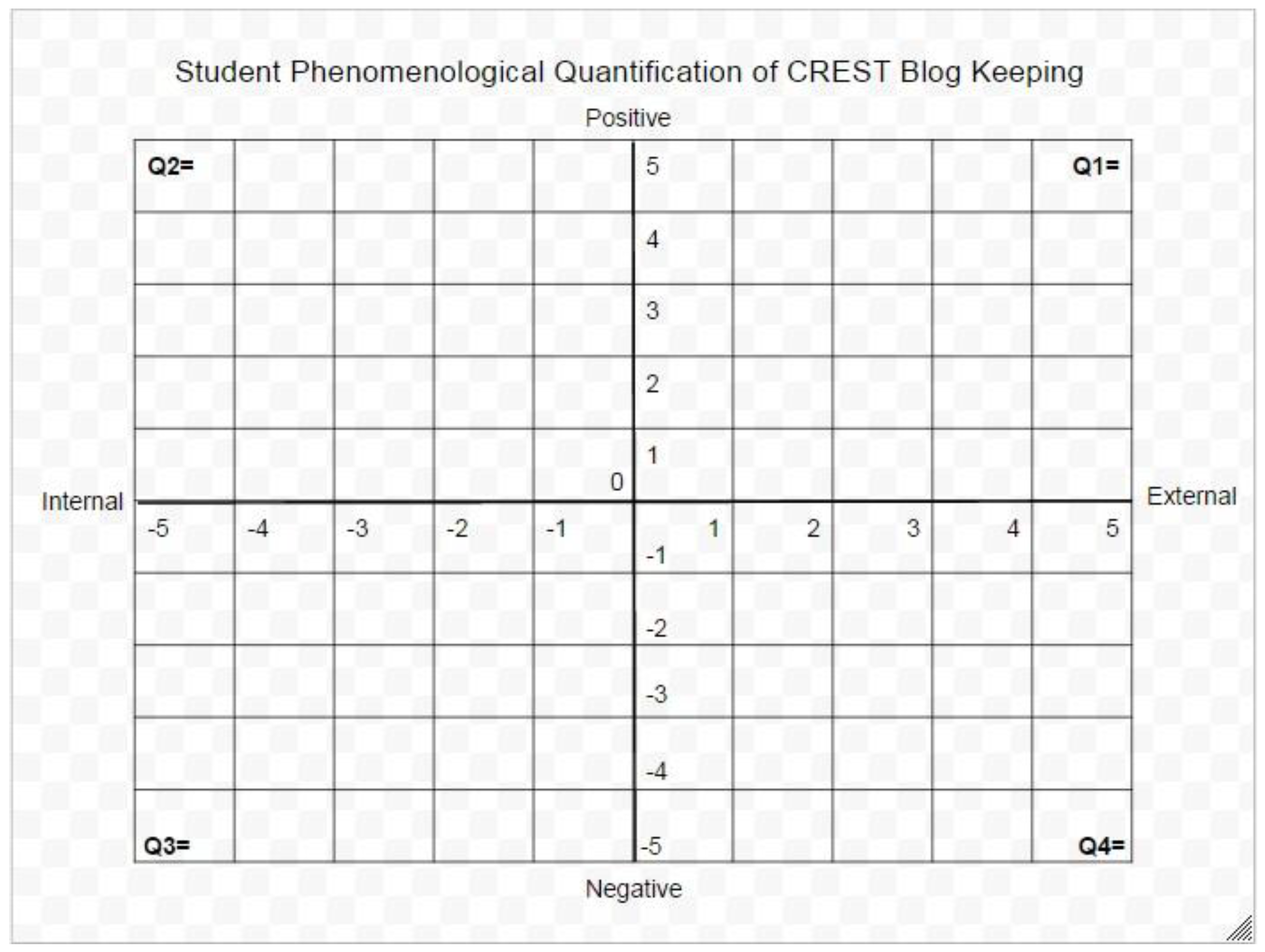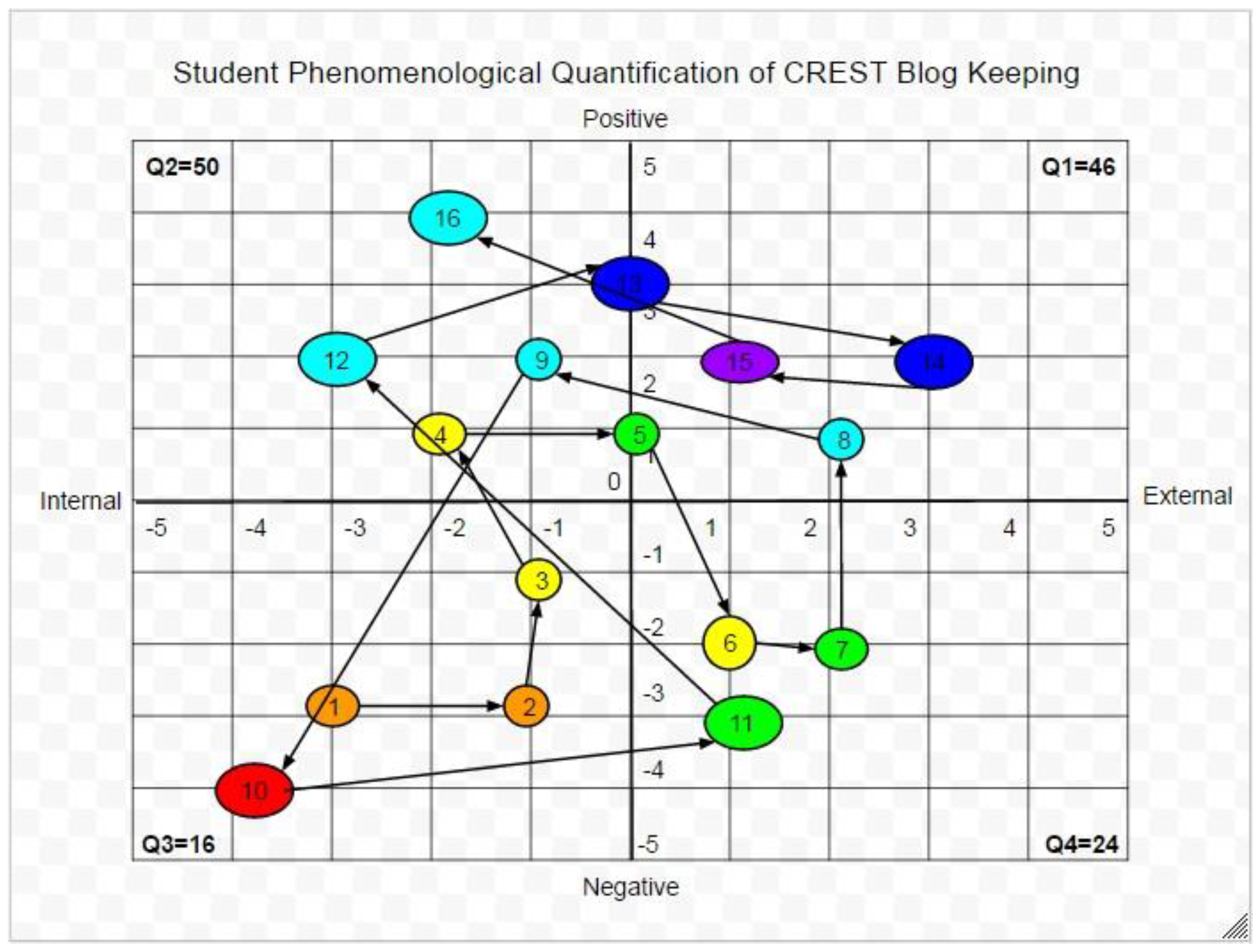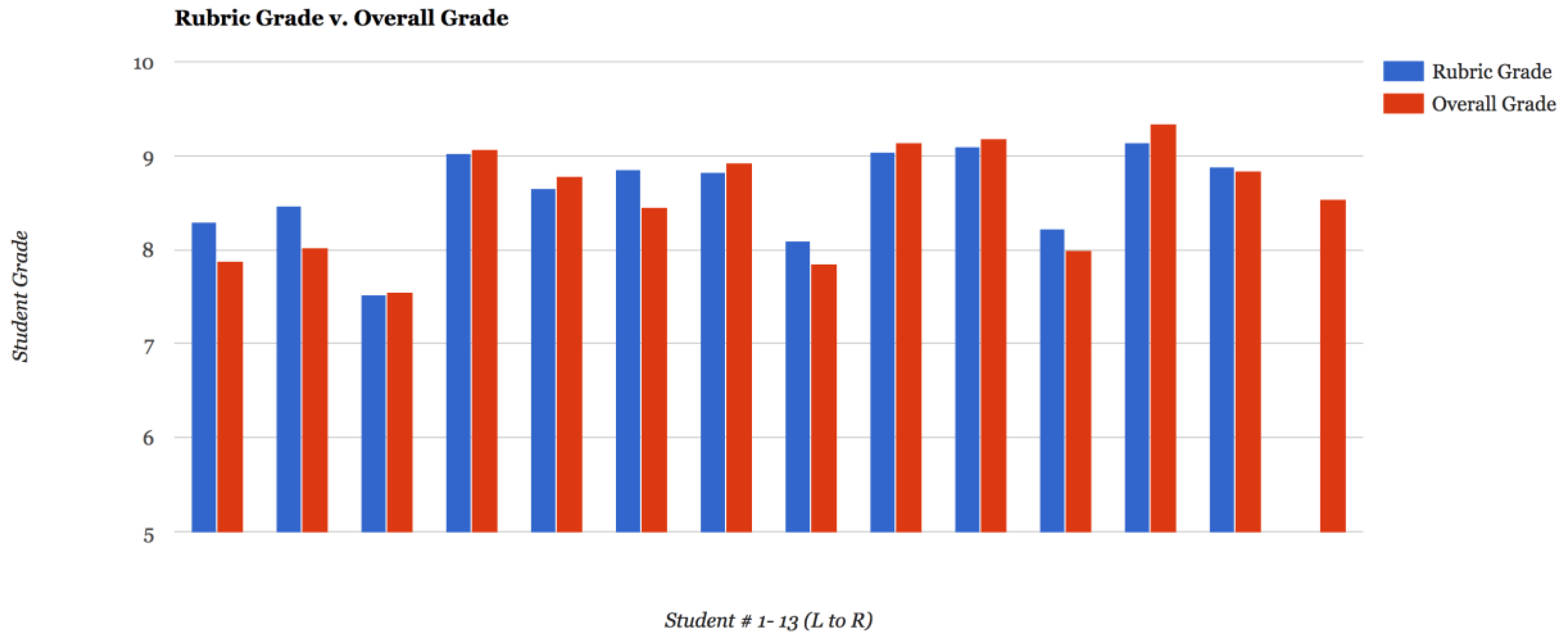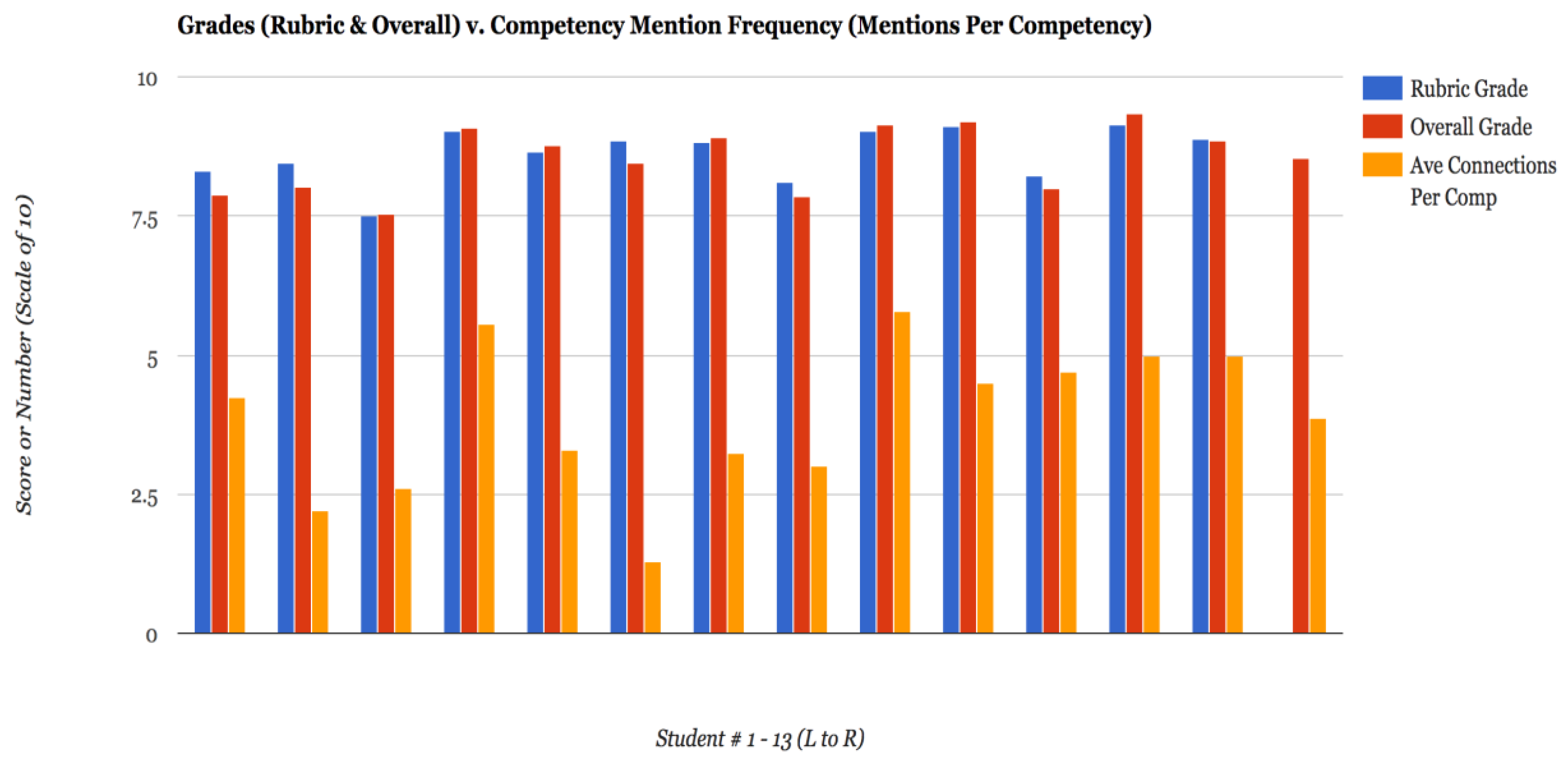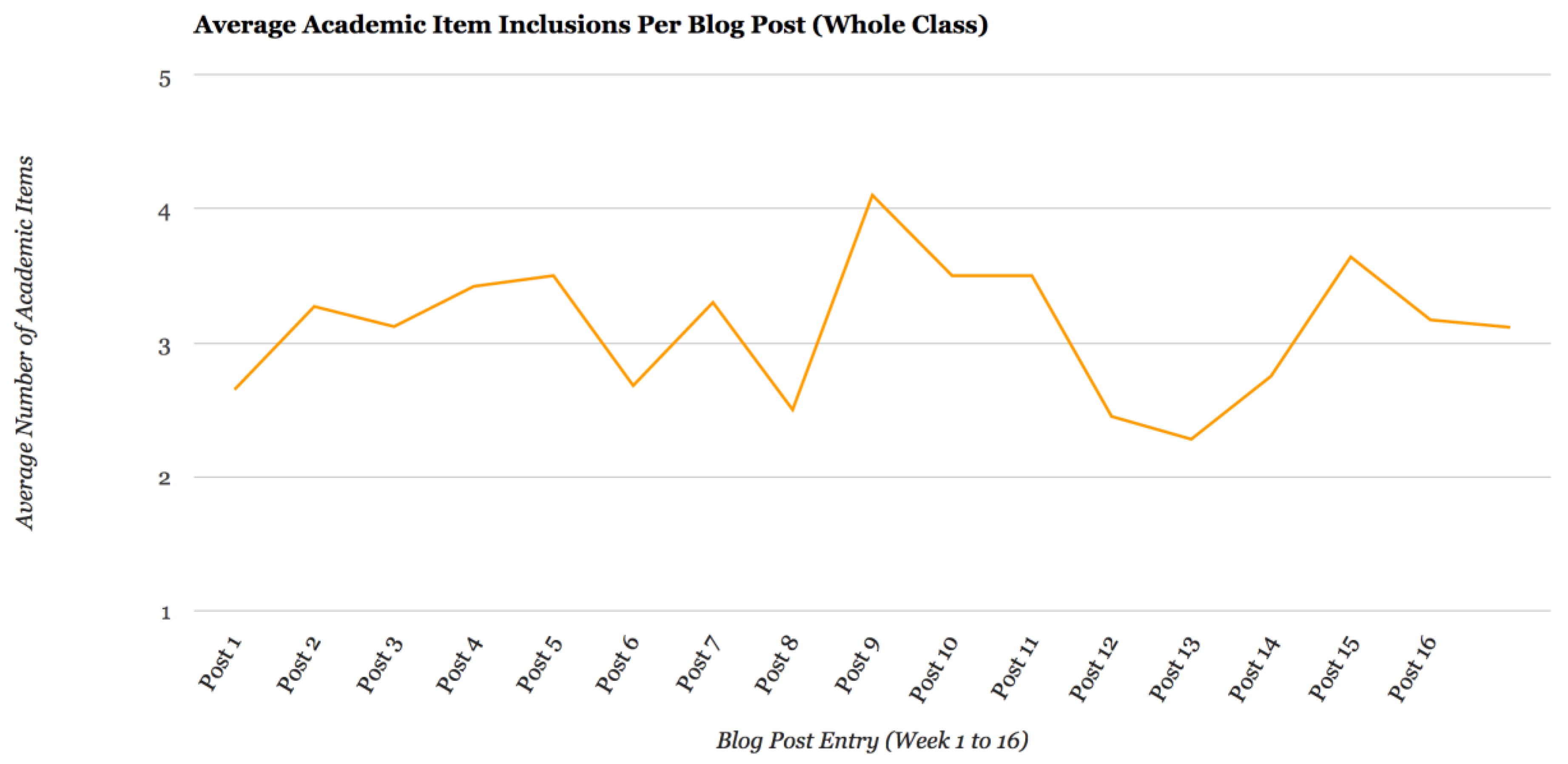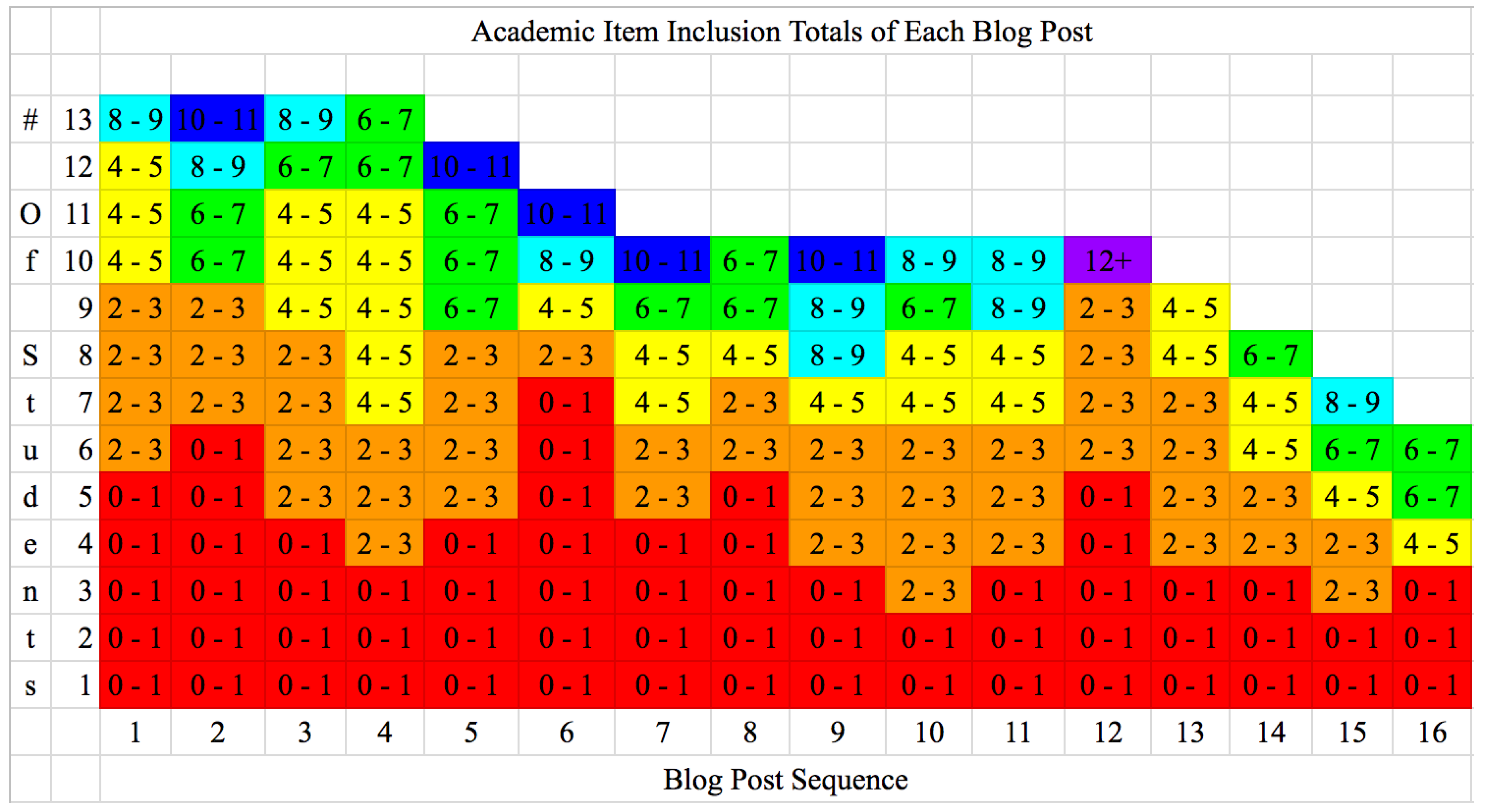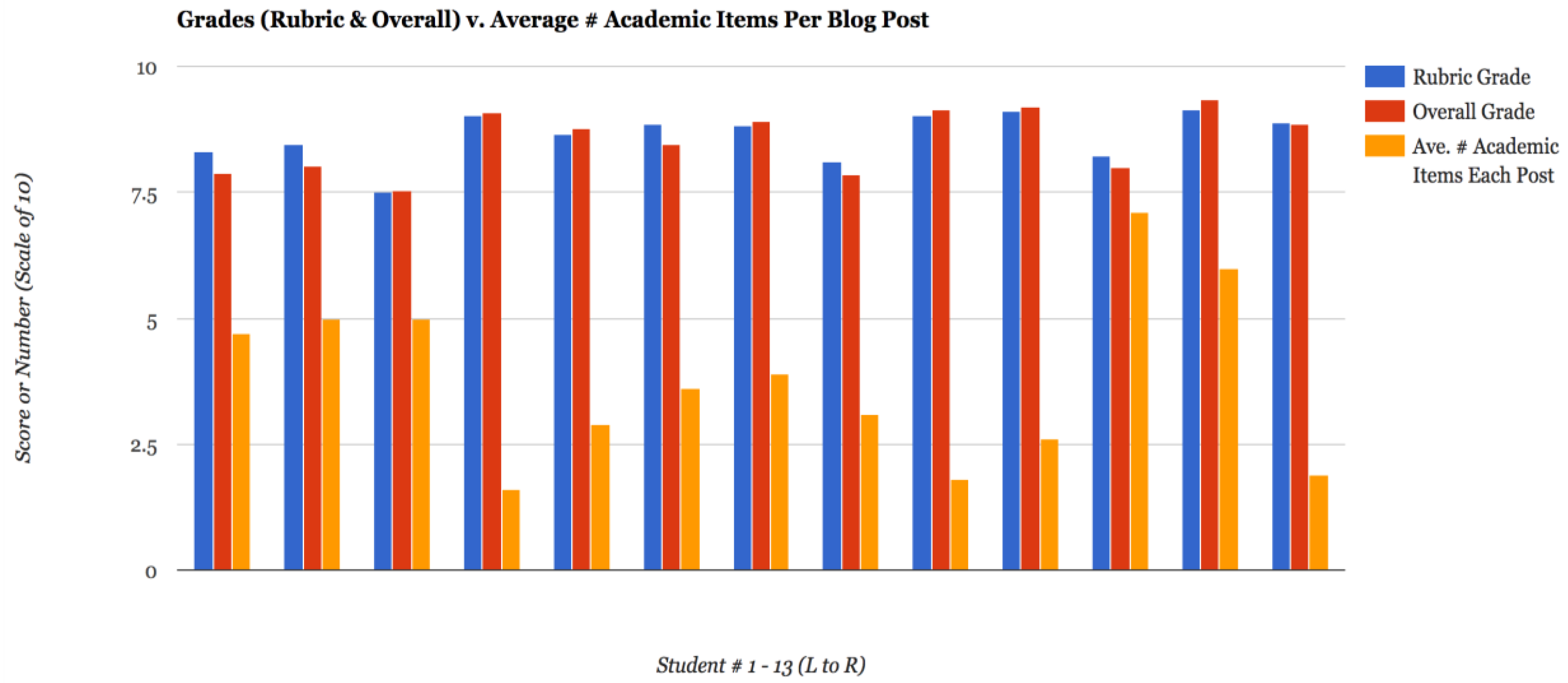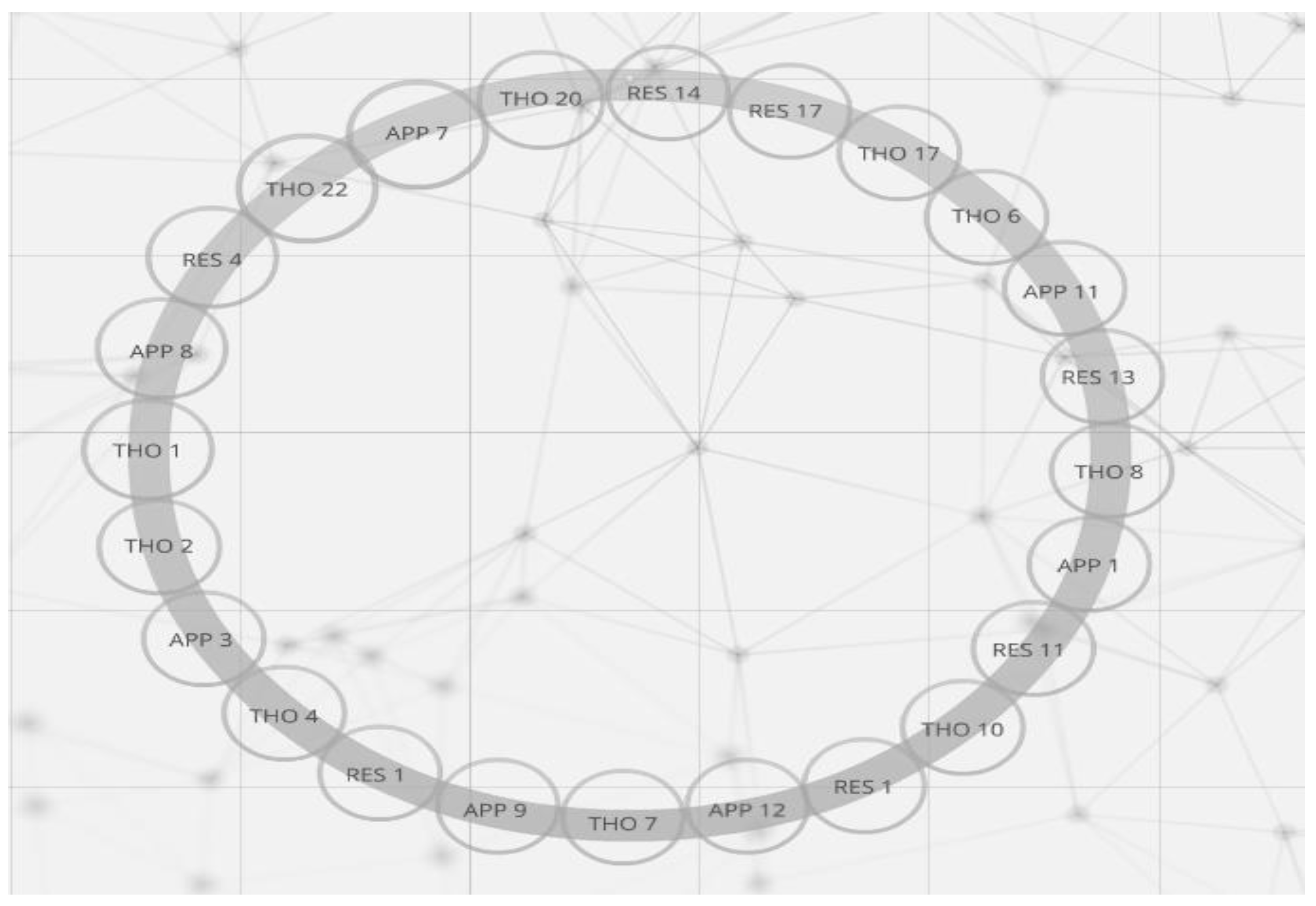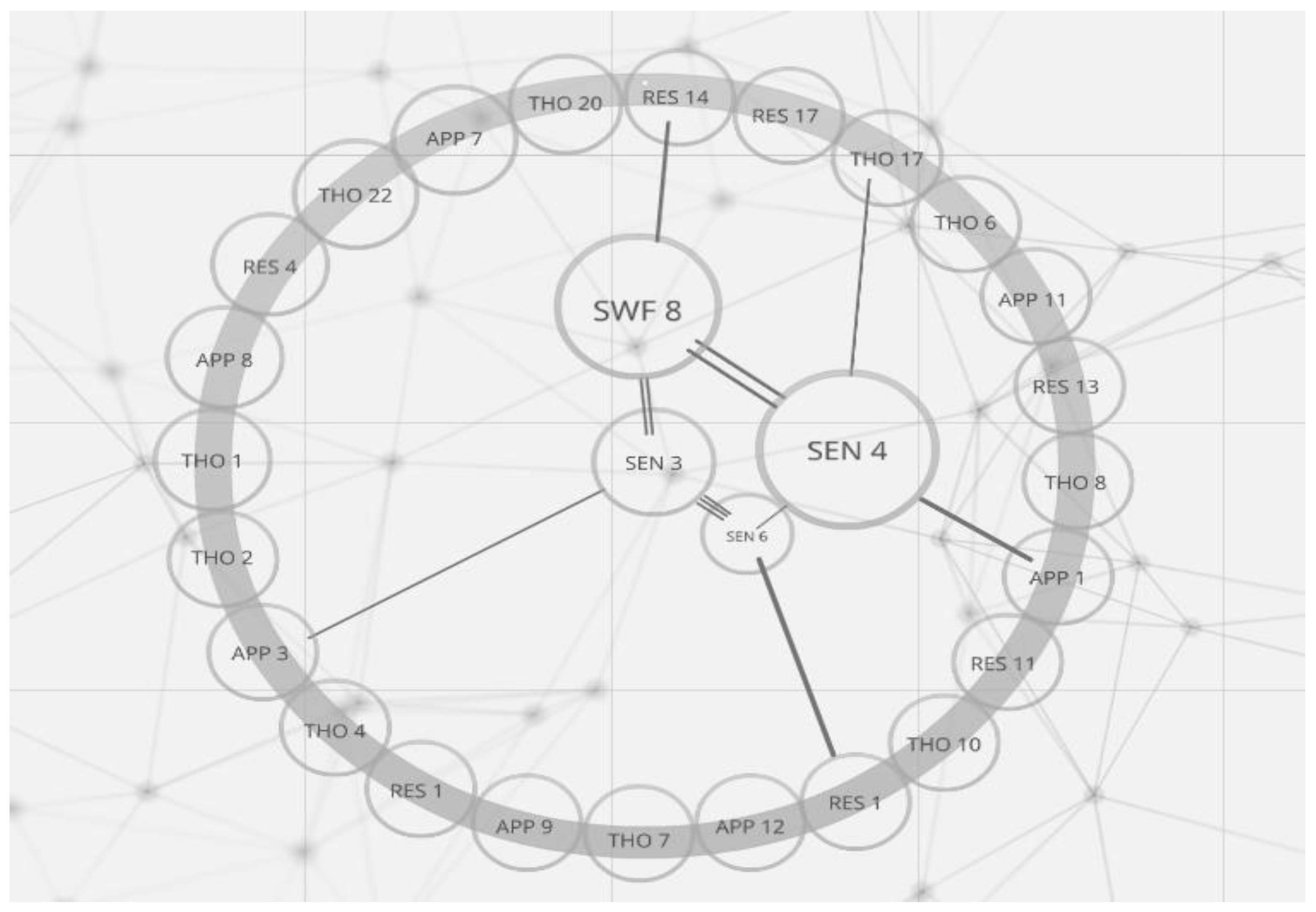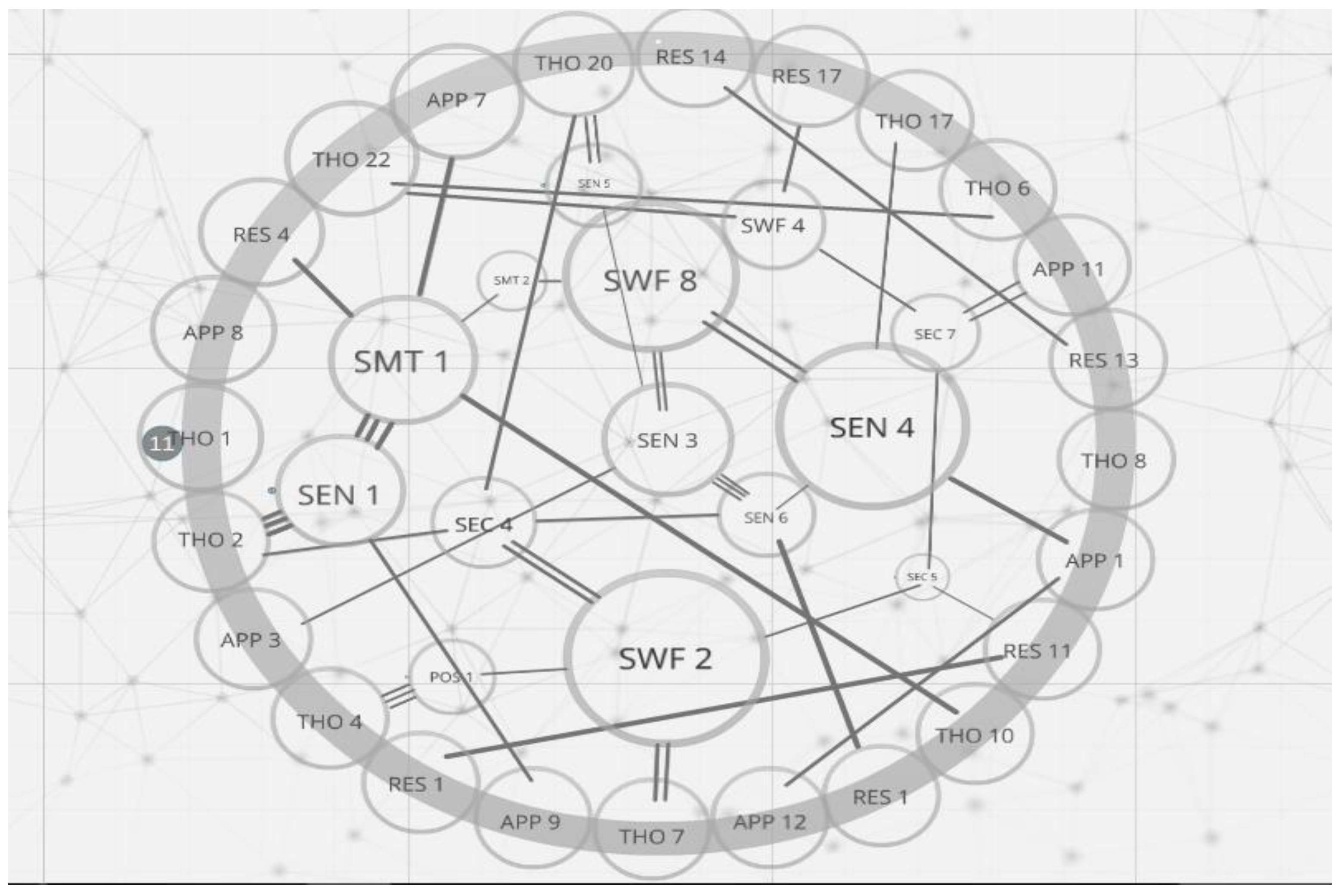1.1. The Industrialization and Reductionism of Education
At the beginning of the 20th century, the Progressive Era embraced the ideas of scientific management to bring about reform in all sectors of society, one of which was the design and direction of compulsory education. In the email-exchange-turned-book
Turning Learning Right Side Up, education experts Russell Ackoff and Daniel Greenberg wrote with the emergence of the Industrial Revolution, it was seen as an imperative to prepare citizens in an education system meant to create workers for a time of booming industrialism: workers who could read (instructions), write (reports), and do math (simple calculations). If the student could take orders and complete a task from a teacher, the student should be able to do the same thing in response to a boss [
1].
This idea was based on the “Four Scientific Principles” that engineer Frederick Taylor devised in
The Principles of Scientific Management [
2] to maximize efficiency of managers and workers of the industrial era. Those four principles include:
Replace rule-of-thumb work with methods based on the scientific study of the task;
Scientifically train and develop each worker and not allow them to train themselves;
Cooperate with workers to ensure that the scientific methods are being followed;
Split workloads between the managers and the workers, so that the managers can apply scientific methods in planning the work and the workers can perform the task.
To produce the workforce needed for the emerging industrial economy at that time, states adopted these principles into curriculum and instruction so when students left schools and entered factories, they were well groomed to take orders from their managers [
1].
This reductionism in education is and has been well researched and critiqued, starting with John Dewey’s
Democracy in Education. He wrote that education is meant to be a “fostering, nurturing and cultivating process” [
3] (p. 10), but when we confine the education of those who work with their hands to a few years of schooling devoted (for the most part) to acquiring the use of rudimentary symbols at the expense of training in science, literature, and history, we fail to prepare the minds of workers to take advantage of “freeing the mind for a higher order of thinking” [
3] (p. 259).
Further works, such as Paulo Freire’s “banking model” in
Pedagogy of the Oppressed [
4], Bowles and Gintis’
Schooling in Capitalist America [
5], and the emergence of Critical Pedagogy often point to how the rigidity and non-adaptive nature of an industrialized education system not only suppresses, but oppresses, many in the education system.
Much like the straight lines of factory conveyor belts, the design of linear systems ruled efficiency for the industrial era. If all products came off the same line, the level of expectation and quality could be expected to be the same. When applied to direct instruction, such as in
Figure 1, the model was ideal to supply the country with the workforce needed through a high rate of output of ready workers for industry. By allowing little flexibility in curriculum for efficiency’s sake, the expectation was all students accomplish the same task to the same level of quality at the same time.
The linear model manifests itself in common instruction and assessment items, such as worksheets, end of unit tests, reports and assignments that focus learning objectives on one or a few specific concepts. Many of these instruments follow the concept of the
correspondence principle, where work in the classroom is made to mimic tasks in the workplace [
6]. When grades are assigned, the value is placed on the assignment, rather than the concept or competency it is aiming to assess, therefore rewarding the completed task. These typical instruction methods are even prevalent in popular sustainability curriculums, such as Facing the Future [
7], Science and Sustainability [
8], Project WET [
9], Going to Green [
10] and Teaching Green: The High School Years [
11]. While these particular curriculums do a great job introducing and reinforcing sustainability concepts and offer some experiential assignments, much of their content still follows the linear model practiced in other disciplines, perpetuating inherent issues from linear constructs detrimental to learning.
To start, since there are no alternative paths of learning, it creates limited options and a rigid “make-or-break” environment. If a student struggles with the path put before them, it requires more energy and resources on behalf of the student, teacher, and school to ensure that student’s success. This model also requires a high level of top-down control from the teacher, limiting the student’s own input into their educational journey to what the curriculum prescribes. And by being singular and non-adaptive, if an outside disturbance were to affect the student, such as at home issues or lack of resources in the classroom, the resiliency for the curriculum to help students and teachers is greatly limited. By having to teach with these inherent issues of linear curriculum, educational “waste” is created in the forms of wasted time, talent, effort and resources [
12] (p. 12).
While these concerns are presented in the scope of societal and educational concerns, they also apply to many mechanistic systems, for instance energy and material being strong enough to overcome resistance and naturally following the path of least resistance, such as giving students options for what concept or assignment they hope to initially learn. The same can be said for encouraging or avoiding feedback loops, such as frequent absenteeism or defiant behavior.
Though there will be substantial variance of student performance, the system inherently creates a ‘monocrop’ of students through a lack of instructional diversity among diversifying student populations. Without diversity and depth of instruction, students are unable to think and act critically to a rapidly changing world, but rather are equipped with as much basic information as they are able to learn and retain.
There have been educational innovations and advances that run counter to this industrialization, such as humanistic education (e.g., Montessori), place-based learning, distance and service learning. Yet, assessment of student learning, even within these models, can still follow industrial education tendencies. And, these alternatives often reach too few students in compulsory education, particularly in public education which serves almost 50 million students, the overwhelming majority of students in the United States alone [
13] (p. 20).
Learning is a natural, human process. However, when we look at nature, we find very few linear systems, but rather evolved ecosystems of complex and interconnected relationships. If we shift curriculum away from industrial, linear curriculum design, would a systems model a viable option to teach emerging and interdisciplinary fields in education, such as sustainability? Will it be too complex for students and decrease not only literacy and competence, but motivation as well? Or will the focus on systems thinking not only establish, for the sake of this paper, sustainability competency, but motivate students to explore and create meaningful work and solutions to share with their communities and beyond?
These guiding questions informed the research discussed in this paper about the emerging role of systems thinking in the design of curriculum for sustainability. It provides a brief literature rational for approaching a living systems inspired design for curricula. It then introduces a triangulated approach to a concurrent mixed methods research process measuring the impact of a new curricular structure. The results are then discussed extensively which leads to a conceptual design model of a network map that grows by mimicking concepts of natural systems dynamics. This work emerged from the dissertation research of a public school teacher of a Science, Technology, Engineering, and Math (STEM) magnet program for secondary students [
14].
1.2. The Essential Shift to a Natural Systems Model of Education
As sustainability focuses not only on how individual components of a system work independently, special attention is placed on the interconnected relationships that bind them together, making the system work collectively [
15]. Examining ecosystems, economic systems, and social constructs to then understand how systems function allows for effective problem solving and development toward resilient systems, be it human made or natural. A system itself is an interconnected web of diverse parts, working together to achieve a common goal. When an outside disturbance affects the system, a more resilient system will be better apt to resist that disturbance or recover from it [
16,
17]. Maintaining biodiversity, diversifying economies or consuming highly nutritious foods are examples of fostering resiliency.
When assessing society and constructs within it, such as education, we should maintain the approach of systems thinking, especially a living systems approach. Systems theorist Fritjof Capra in
The Hidden Connections wrote that “understanding human organizations in terms of living systems, i.e., in terms of complex non-linear networks, is likely to lead to new insights into the nature of complexity, and thus help with the complexities of today’s business environment” [
16] (p. 100). When designing for business, education or any human construct, moving away from traditional linear education can allow for innovation and mindsets that are not allowed by linear structures.
When using systems concepts and applying them to curriculum development, the system should be designed to both support and challenge students as they explore, practice, and demonstrate their learning of the curriculum. Students and teachers should know how the system works and how it can be modified and adapted for different learning styles to allow multiple paths of learning. Donella Meadows stated that systems, simple or complex, do have a certain predictability about how they will act [
15]. Therefore, understanding systems as networks of relationships is the beginning for one to “see” how systems thinking is a critical tool to enhance learning for all.
In Thinking in Systems: A Primer, Meadows introduces three structural basics of systems:
elements, or individual parts of a system (such as specific knowledge and skills learned);
interconnections, or the relationships that hold elements together (the understanding of how two or more elements affect one another);
function or purpose, which is the emergent behavior of a human and/or nonhuman system through repeated actions [
15]. More on this in the discussion section.
Meadows notes that systems have leverage points of intervention ranging from easiest to do with least impact on the system to most challenging to implement with greatest effect [
15] (p. 145). So not only should those in education know how to see systems, but know how to best intervene in a system’s structure to make the behavioral changes they seek with the time and resources they have.
Another renowned systems theorist, Jay W. Forrester noted that we need to take systems thinking another step further to system dynamics, which he argued serves as the “foundation under systems thinking” [
18]. Forrester argued the very popular process of systems thinking can be “superficial, ineffective and prone to arriving at counterproductive conclusions” [
18] if it does not have a means of measuring effectiveness. He says system dynamics include using models to interpret real-life systems, measuring “how things change through time, which covers what most people find important” [
18]. While some may say systems thinking inherently includes system dynamics, Forrester made clear we are mostly concerned with how the system will operate and change over time in regard to its overall goal, and not necessarily with the system structure itself. We tend not to think of systems until something has gone wrong. So as Meadows illustrated with her leverage points of intervention and Forrester did with his notion of dynamics, systems are meant to be adjustable and measurable to produce a desired outcome.
Systems theorist Niklas Luhmann argued that all social systems, the largest being society as a whole, rely on communication to function effectively. He wrote that “social systems are self-referential systems based on meaningful communication. They use communication to constitute and interconnect the events (actions) which build up the systems” [
19] (p. 131). As systems grow, the communications between system components are what essentially separate the systems from the environment. Just so, “a social system creates the difference between system and environment through the occurrence of communication—that is, by establishing relations between independent living beings” [
20] (p. 64). This ability not only distinguishes one’s self from others, such as one student to another, but then helps share learning effectively, critical to an effective systems design of curriculum. W. Edward Deming, a renowned statistician and management consultant, stressed that most problems, from 94% to 97% of any given situation, stem from flaws and inefficiencies in the system’s design and operation [
21].
Intention is the first step of design. When looking at issues and possible solutions, we often find a large network of interacting parts, or a series of actions and consequences that affect a greater whole. However, industrialized education has had major implications on an absolutely critical component of teaching and learning sustainability effectively, which is being able to think in systems. This must change as Capra clearly states “we need to fundamentally redesign our technologies and social institutions to bridge the wide gap between human design and the ecologically sustainable systems of nature” [
16] (pp. 119–121).
If something was not created by natural systems, then it had to be engineered, which means it had to be designed. David Orr [
22,
23] wrote at length on design, particularly where nature and design meet. In
The Nature of Design, he wrote that “designing with nature … disciplines human intentions with the growing knowledge of how the world works as a physical system … and it is not just about making things, but rather remaking the human presence in the world in a way that honors life and protects human dignity” [
22] (p. 4). Further, Orr wrote that poor design results from “poorly equipped minds,” and “good design can only be done by people who understand harmony, patterns and systems. Good design requires a breadth of view … moreover, good design uses nature as a standard and so requires ecological intelligence” [
22] (p. 167).
The natural world has been experimenting with and modifying systems performance for nearly 3.8 billion years. Ecosystems continuously adjust and grow from human and natural disturbances, serving as a fantastic model to learn from. Yet much of sustainability curriculum and instruction, which include solutions to address these divides, still use constructs of industrialized education, such as worksheets, teacher-driven instruction and end of unit assessments. Even as some of these curriculums introduce the idea of systems thinking, they do so through linear constructs. It is one thing to be taught about systems thinking, but it is another to be taught through systems thinking. Let us start teaching and learning through systems and not just about them as if they are merely another topic to learn. When we celebrate and design learning to mimic natural systems, especially the diverse and abundant connections that both our modern society and natural world reflects, we will develop the systems, creative and critical thinkers needed for a sustainable future.
Janine Benyus began her book, Biomimicry, with three simple concepts of using biomimicry, or mimicking naturally occurring structures and behaviors, as a design concept:
Nature as model. Biomimicry is a science that studies nature’s models and then imitates them or takes inspiration from these designs and processes to solve human problems.
Nature as measure. Biomimicry as an ecological standard to judge innovation “rightness”.
Nature as mentor. Biomimicry is a way of seeing and valuing nature, based not on what we can extract from the nature, but on what we can learn from it [
24] (p. i).
Besides ideas and products that have biomimicry in mind, Benyus also described the structure and function of the brain in comparison to a typical computer. She made several key points regarding the brain, including that it: (a) has multiple sensory inputs; (b) uses parallel (systems) processing as opposed to a computer’s linear processing, which often leads to a bottleneck of inefficiency [
24] (p. 196); and (c) is made of carbon, not silicon [
24] (p. 195).
This last point is critical. If we look at the core design of living systems, we are brought to a chemical level. Capra consistently stressed that even at the level of chemical and cellular bonds, the rules of systems behavior still apply [
16] (pp. 18–32). Benyus quoted evolutionary computational theorist Michael Conrad, in that “the seat of intelligence is proteins and sugars and fats and nucleic acids—all carbon-based molecules” [
24] (p. 195). It is the dynamic behavior and strength of carbon bonds that allows the various molecules to take shape, since the purpose of a molecule is determined by its shape. Benyus wrote that “life uses shape of chemicals to identify, to categorize, to deduce and to decide what to do” [
24] (p. 194). So then, if molecules can automatically form to do the function that they need to do, then why not use that as a design for allowing learners to form their own learning?
Two other life systems theorists, Humberto Maturana and Francisco Valera, developed the concept of “autopoiesis” or the ability for self-assembly and self-replication. In
Autopoiesis and Cognition: The Realization of the Living, Maturana and Valera wrote that all living systems are capable of self-organization and self-replication, which is critical to all living things (cells and organisms) and systems (bodies and ecosystems). The authors argued that there is a level of cognition that comes with living as a process [
25]. This idea underlies the notion of creating “lifelong learners”: that students must be instructed to allow for their own learning. So, if autopoiesis is inherent in living systems, then it should manifest in a mimicked design of curriculum for students to self-assemble, self-organize, and self-replicate their own learning.
When cells conduct mitosis, or self-replicate, they start to form a specific tissue. Combined with other tissues, they together eventually grow into an organism. Just as Forrester insisted the need for measurement in systems, growth can be measured. Jackson argued that we should use “nature as measure” [
26]. He states by using nature as measure and paying attention to the responses of ecosystems when practicing agriculture, we better our ability to work with the land and not in opposition to it. He wrote, “ecology is our primary field of interest because nature is our standard, the model we use as we design our experiments” [
26].
When thinking of a student’s or topic’s “body of knowledge”, we think of their collective and cumulative knowledge. However, when we apply biomimicry to the development of that body of knowledge, we must draw inspiration from where real bodies, or life, begin. The essential shift to a natural systems model of education, particularly for sustainability education, comes from viewing and teaching students as the growing and living collection of molecules, cells, tissues, and bodies they are. Instead of linear conveyor belts for design inspiration, let us design a systems curriculum that biomimics organic molecules and cellular structure and behavior.
Above all other considerations, in order for a systems curriculum to be a viable option for educators, it must functionally work and it must be enjoyable for students and educators. The following section describes the research process measuring the effectiveness of a systems oriented curriculum to help students make interconnections of sustainability knowledge and skills, referred to as competencies. I hypothesize that if students are taught through a curriculum structure that mimics systems dynamics, specifically natural systems (akin to biomimicry), students will focus their learning on the relationships between competencies. When assessment structures shift focus to relationships and give students greater voice to articulate understanding, then assessment scores will rise in comparison to traditional assignment grades. When systems dynamics are applied to how students learn, students will inherently learn interconnectivity of sustainability, providing data which can then be mapped to visually model how somebody system thinks.

